Amazing History That's Not In The Books
Making History A Little More Interesting

It's time to forget what you read in all of those history books in school. More often than not they only told one side of a story filled with nuance. Taking a break from the usual story writing, I have spent some time now peeling back the layers of stories "that we thought we knew". I collected over fifty interesting historical facts and have narrowed it down to this list of my most favorite ones. I truly hope that you enjoy this time stacking project and maybe even learn something new.
Ride in style in this antique hearse from Dresden, Germany
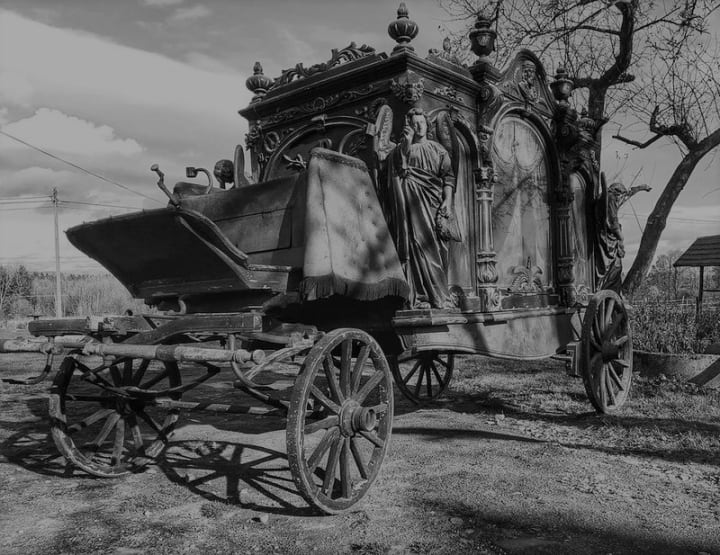
This hearse from Dresden is a thing of beauty. Its ornate design is something that you’ll find all over the place in the Victorian era, although this is more than a little extra. The carved angels and glass door weren’t exactly fixtures on the burial market, and that’s what makes this hearse all the more fascinating. There’s no construction information about this available online so the driver and owner remain a mystery, but it must have been the hearse that everyone wanted to use. Who wouldn’t want to send their family off in grace and style with this beautiful carriage?
A CT scan of a 1,000- year- old Buddha statue reveals the remains of a mummified monk
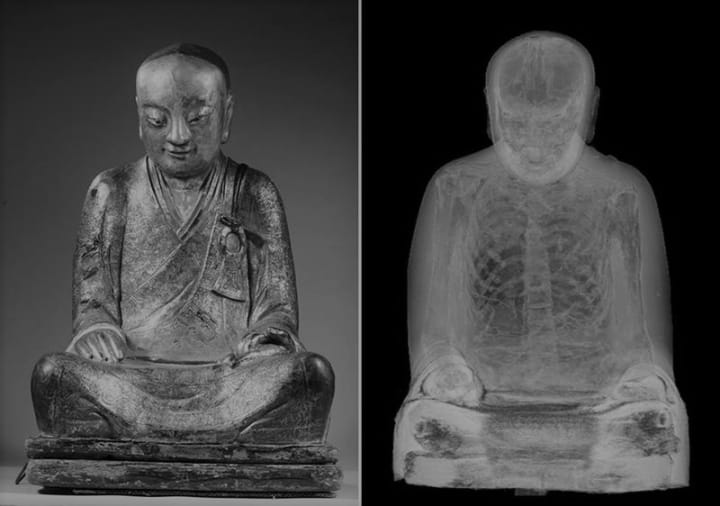
Researchers in the Netherlands performing a CT scan on a statue of a sitting Buddha found the last thing they were expecting once they got a look inside. The statue contained a monk that had been mummified for 1,000 years. Rather than simply placing the monk inside the statue, researchers discovered that the monk was filled with scraps of paper covered in Chinese characters. In order to mummify oneself a monk would take on a special diet of poisonous tea in order to ensure that the body would be too toxic to be consumed by maggots.
Leon Panetta offered a $10,000 bottle of wine as a prize for Osama Bin Laden's capture
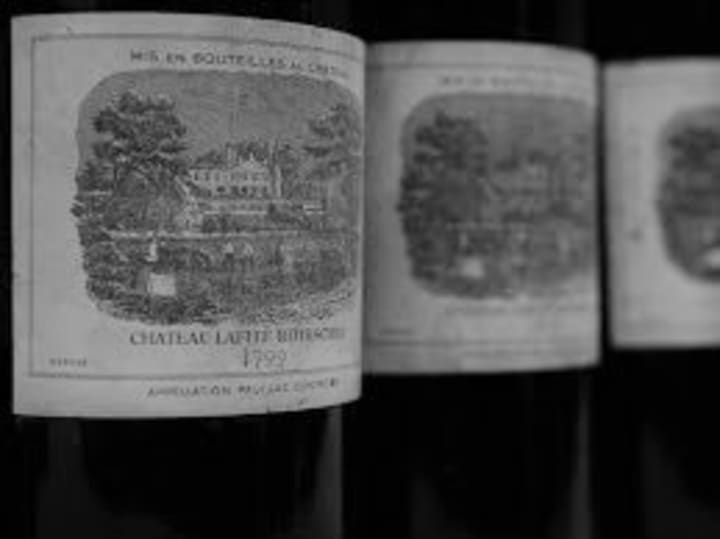
Following the horrible events of September 11, 2001 the Taliban’s ringleader, Osama Bin Laden, became public enemy number one in the western world. Everyone wanted to find Bin Laden and bring him to justice in order to bring honor to the country, but there was at least one restaurateur who put up a bounty on the terrorist’s head. California restaurateur Ted Balestreri jokingly said that he would uncork his 141-year-old bottle of Chateau Lafite Rothschild with US Defense Secretary if they played a part in the capture or death of Bin Laden. After Bin Laden was brought down in 2011 Balestreri said he would be honored to open up the bottle in celebration.
A giant spider crab from Japan, 1904-Food or Diety?
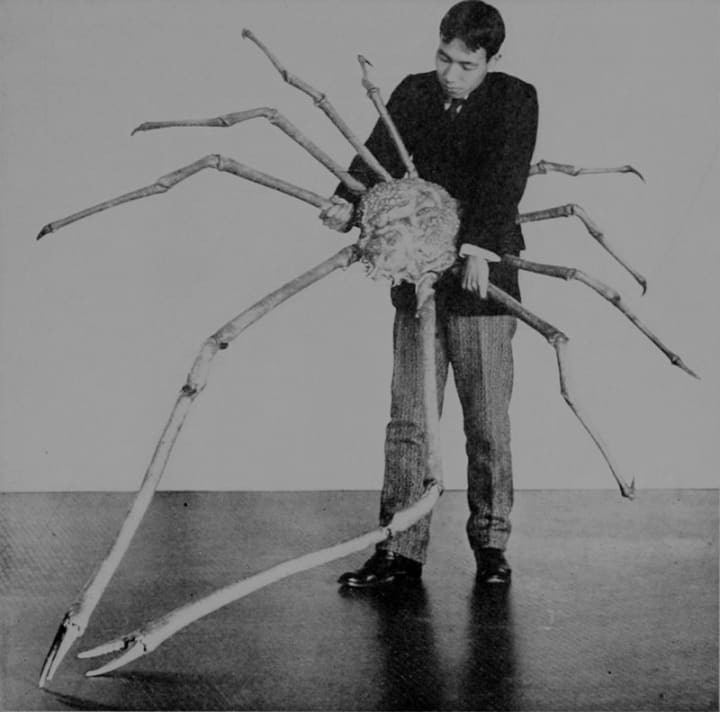
These giant spider crabs may look like something from a 1050s B-Movie, but they’re very real. These crustaceans live in the ocean around Japan, and they have the longest leg span of any arthropod. Considered a delicacy, the legs of a Japanese spider crab can reach up to 18 feet in length and the crab itself can weigh up to 52 lbs. The reason you don’t see these crabs all the time is because they live in some of the deepest holes within the deeper parts of the ocean. These giant crabs were thought to be a form of deity and valuables such as family heirlooms were tossed into the ocean as a sign of respect.
The first sunglasses date back to the prehistoric Inuits
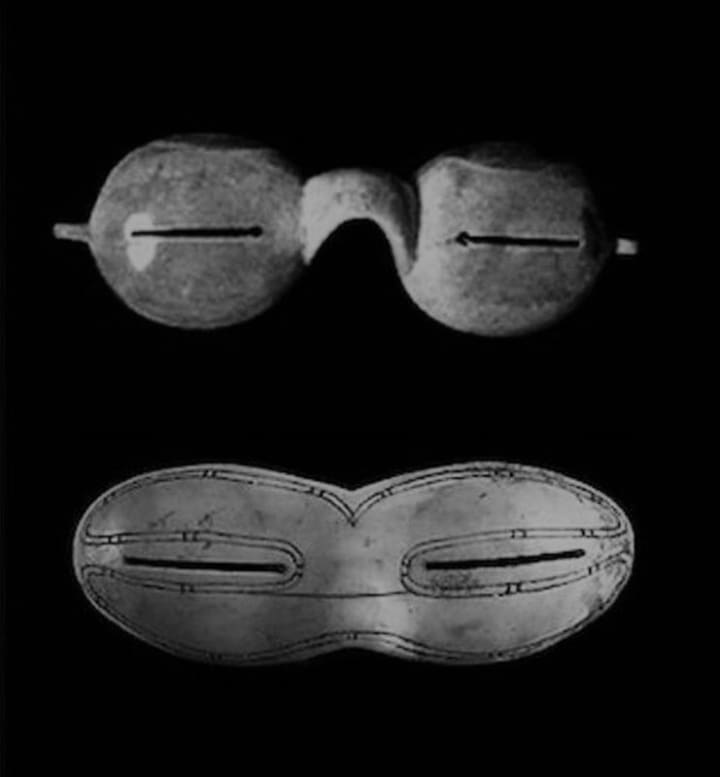
People have considered the sun to be the enemy of vision for generations, and the first people to use them were the Inuits who had to trudge through the snow more than 4,000 years ago. These early snow goggles kept ultraviolet light out of the eyes of Inuits to keep them from going snow blind. The Inuit people invented hand-carved snow goggles that provided enough vision through the tiny slits that were carved in them, something that modern researchers are still impressed by - specifically because they don’t fog over in polar conditions.
A one-of-a-kind watch that was created for Marie Antoinette the Queen of France as a gift from a male suitor
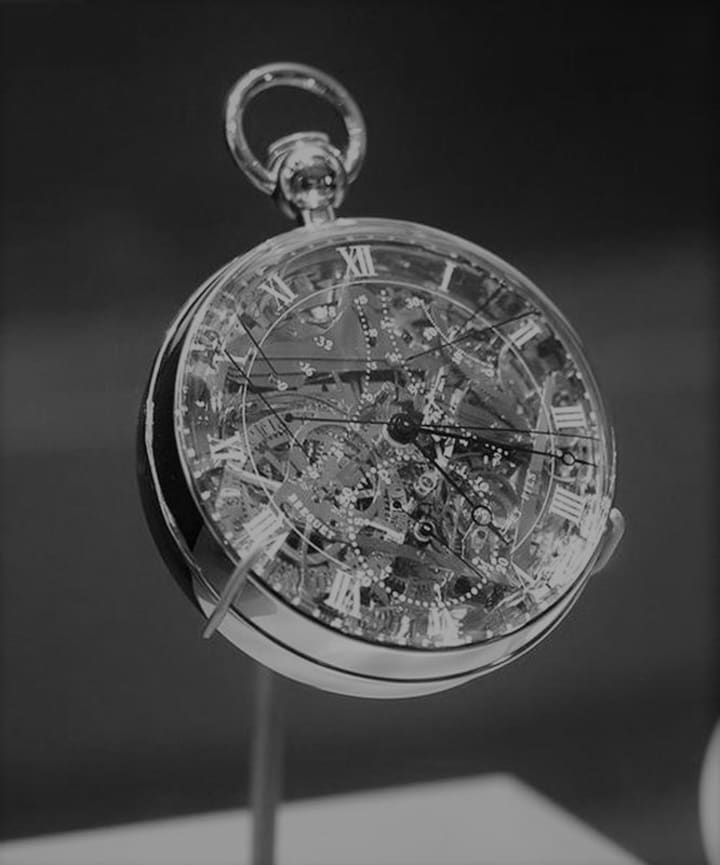
A pocket watch fit for a Queen, this extremely ornate watch was commissioned for Marie Antoinette by a mystery suitor in 1783 and no expense was spared. Gold was used in lieu of lesser metals which led the timepiece to cost more than $30 million. This one-of-a-kind watch has a full calendar, and jumping hour hand, 23 complications, and 823 parts. With all of its tiny parts, this is considered to be the fifth most complicated watch ever built. Unfortunately, Antoinette never received the watch, it was completed in 1827 – 34 years after she was sent to the guillotine.
Undine Rising from the Waters by American sculptor, Chauncey Bradley Ives.
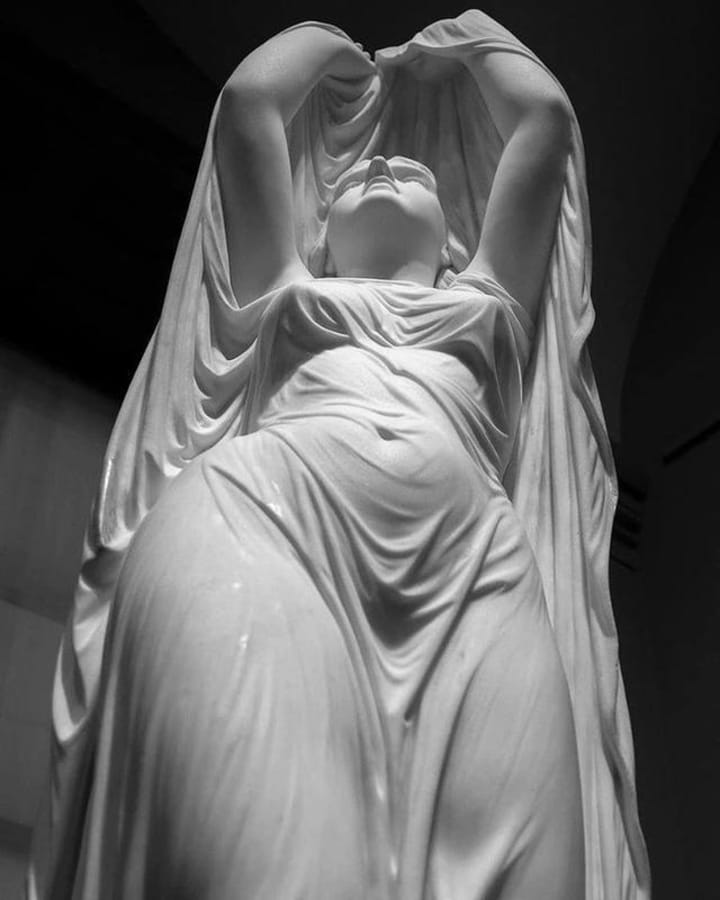
This dreamy statue featuring gossamer-thin carving that’s maintained the color of milk was created by 19th-century artist Chauncey Bradley Ive is a representation of the mythological Mediterranean sea spirits who took to the Earth as soulless mortals. Stories of Undines became popular following the release of the novel Undine by Baron Heinrich Karl de la Motte Fouque.
In the story, a water sprite takes on human form and gains a soul after marrying a human knight. However, after he cheats on her she’s forced to kill him. This statue shows the moment that Undine peels out of the water to do away with her husband. There's also something baffling and mysterious about this amazing statue. It remains a chilling 16 degrees Fahrenheit at all times. (Talk about a cold ex-wife)
Antoine Fraveau was wearing this breastplate when he was struck and killed by a cannonball at the Battle of Waterloo in 1815
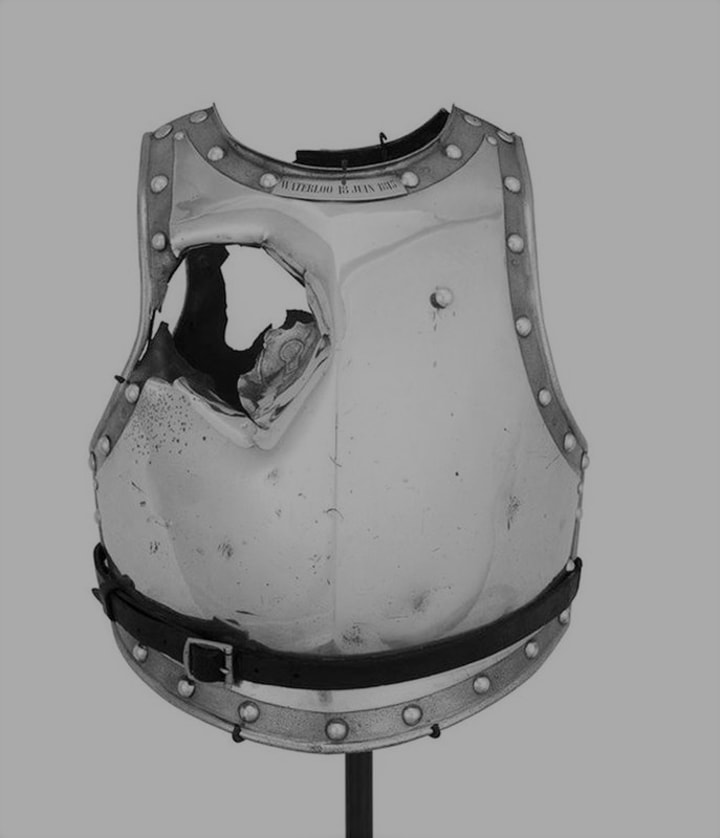
Serving Napoleon during one of the skirmishes at Waterloo, Antoine Fraveau was just a young man when he took to the field in this glistening golden breastplate. Pieces of armor like this were vastly important to soldiers in the 19th century as they protected against blows from blunt instruments and in some cases, they could protect against sword swipes. In fact, soldiers were told that they were practically invincible wearing this armor. The one thing they definitely couldn’t protect against was a cannonball. While fighting in 1815 he was blasted by cannon fire. Supposedly he was preparing to get married shortly before his death. This breastplate shows the true violence of the Napoleonic Wars.
World War II breakfast rations contained cigarettes and chewing gum

Everyone loves to take a break for lunch, but food consumption during World War II was not something that soldiers looked forward to. Often soldiers had to pop open a K-ration for a meal, and while it provided some of the comforts of home it didn’t totally do the job. That being said there are some interesting items inside. Usually, the crackers provided were combined with whichever tinned meat was included in order to make a kind of open-faced sandwich that was eaten before enjoying the singular piece of chocolate that was included. I can't help but believe that the most valuable items in the meal were the cigarettes and chewing gum that was also provided. These rations had somewhere between 2,500 and 3,000 calories, and while that was considered to be a bit caloric for intense efforts they didn’t change throughout the war.
King Tutankhamun's sandals, royal and fashionable
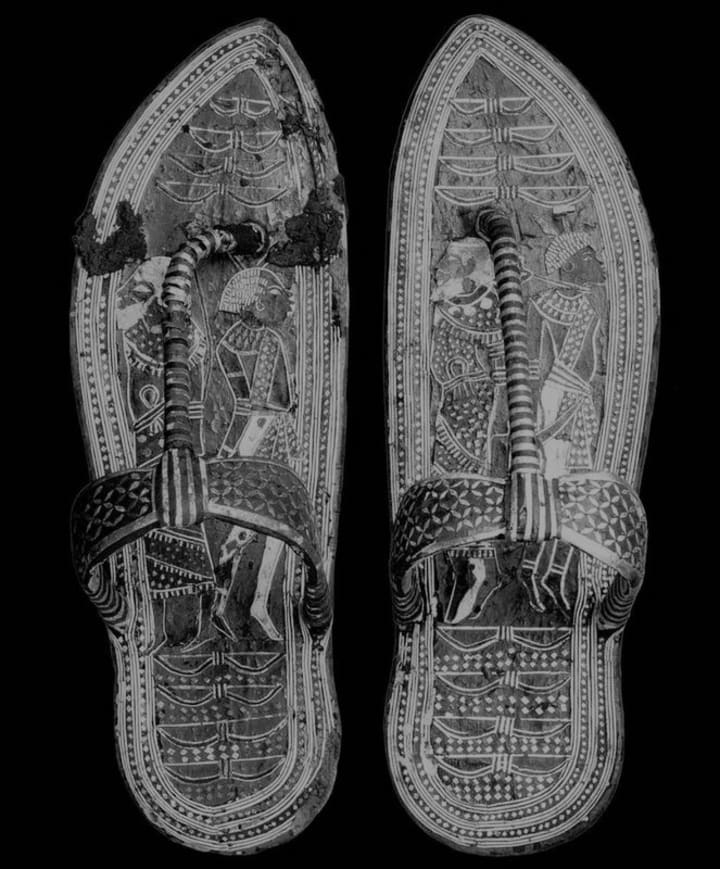
When we think about ancient Egypt we tend to imagine giant pyramids and mummies interred in sarcophagi, but there’s so much more to the time period than those basic facts. These sandals worn by King Tut show that people in Ancient Egypt were more like modern-day people than we ever imagined. Not only did they wear shoes similar to what we have today, but they were just as into fashion as we are.
The Cau Vang, outside the city of Da Nang in Vietnam is held up by two giant stone hands.

Vietnam is one of the most fascinating and unexplored countries in the Eastern hemisphere. With cities like Hanoi seated next to dense jungles, tourists can take in a bevy of sites in a few days. One of the coolest pieces of architecture in the country is the Cau Vang Golden Bridge, a lengthy bridge held up by a pair of massive stone hands. The bridge can be found on the top of the Ba Na Hills near Da Nang and visitors can get to it easily, they just have to take a cable car up to the top of the hill to walk past the giant hands.
An early toaster from 1920
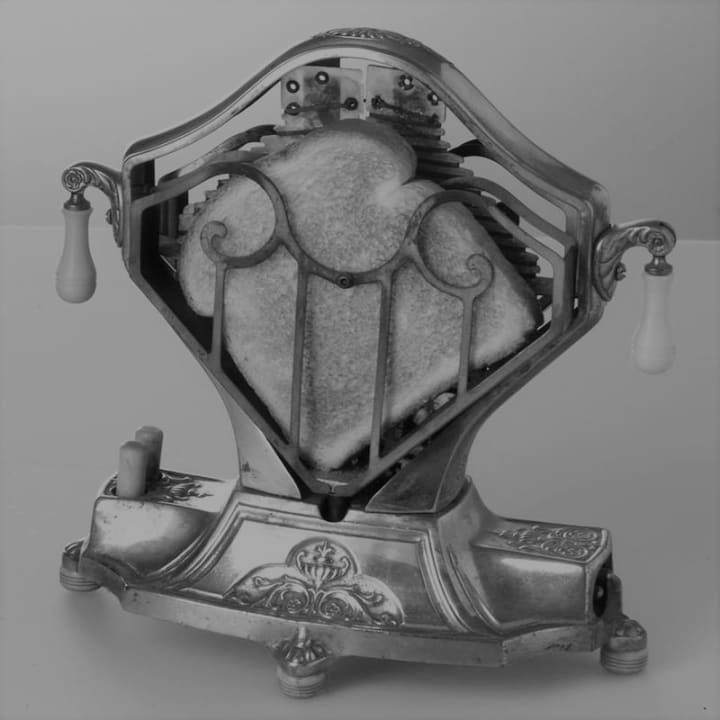
Is there anything better than a hot piece of toast? One might say it’s the best thing since sliced bread. Following the advent of electricity, all sorts of fun little inventions started popping up in stores, including this early toaster. While it does what the toaster in your home does right now, it was also much different. Instead of toasting both sides of the bread this early toaster only heats one side of bread at a time, so users had to watch their bread get warmed to their preferred crispiness before flipping the bread and toasting the other side. For those who were unfortunate enough not to have electricity this handy gadget would still work! They simply built a fire and spun the bread around using the handles until it was nicely browned.
This amazing 16th Century ring unfolds into an astronomical sphere

This ring from the 16th century that unfolds into a geometrical shape is mind-boggling when you think about it. The intricately designed ring has to be designed to fit around a finger while folding out into a series of smaller rings, it’s truly fascinating when you think about it. The ring maker who had to create this piece of jewelry must have spent days, if not weeks, putting this together so everything connects perfectly. Do you think that there’s a few prototypes out there that don’t connect in the same way? Or did the creative blacksmith have to create detailed blueprints before constructing the ring?
This is a boot found preserved in the frozen ground of the Altai Mountains

This preserved woman’s boot dates back to 2,300 years ago and it’s so perfectly kept together because of the intensely freezing temperatures of the Altai Mountains. It’s so well preserved that it looks like something that you could see in a boho chic store today. The boot dates back to 300 BCE. It’s made of leather and features different decorations made of various textiles like pewter, pyrite crystals, gold foil, and glass beads. Its a fascinating find that shows just how fashion forward people have always been regardless of the day and age. What do you think of this boot? Would you wear it out on the town?
An ornate piece of the Fukang meteorite that was found in the mountains near Fukang, China
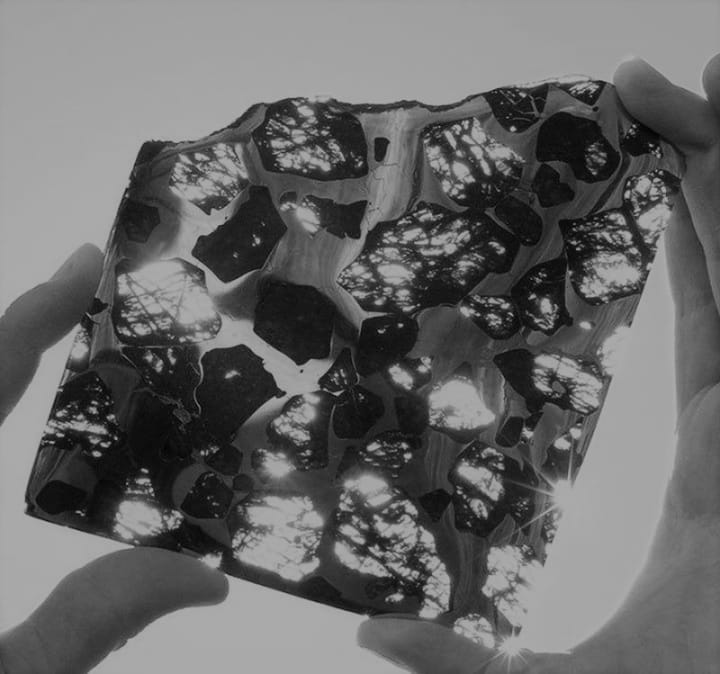
Discovered in China in 2000, the Fukang Meteorite is one of the most beautiful interstellar bodies that’s been found on Earth. An anonymous hitchhiker found the meteorite outside the town of Fukang in Xinjiang, a region in the northwestern part of China. The beautiful space rock is made of Pallasite, recognizable for its pieces of olivine crystals embedded in an iron-nickel matrix. When slices of this meteorite are lit from the back they take on the look of a stained glass window. Scientists aren’t sure about the origins of Pallasite, and it’s believed that the meteorite formed approximately 4.5 billion years ago.
Ladder 3 was one of the first firetrucks to show up on September 11, 2001
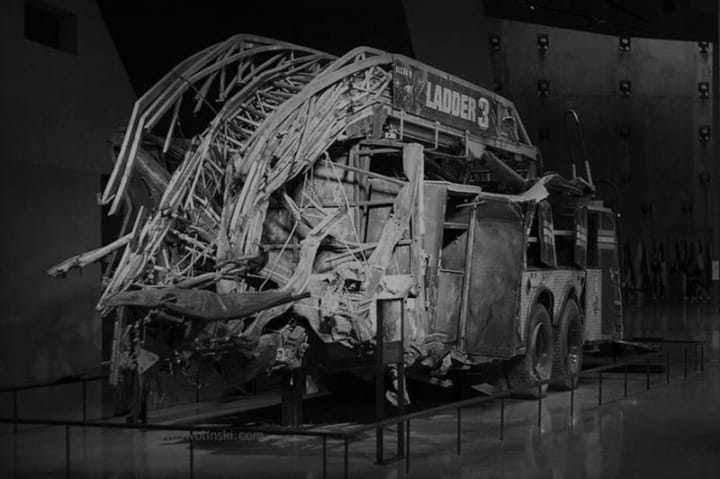
First responders to the World Trade Center attacks on the morning of September 11, 2001 charged head first into the chaos and disarray of the morning and many of them didn’t survive. One piece of equipment stands as a monument to their courage; Ladder 3. This truck was driven by Captain Patrick Brown and firefighters, and as they lost their lives when the North Tower toppled the front of the truck suffered a similar fate. The front of the truck was ripped off as the building collapsed, leaving it to fester in the wreckage. After the clean up of the area the truck was placed in a hangar at JFK International Airport before it was moved to the Memorial Museum in 2011.
Legendary whiskey distiller Jack Daniel died from kicking his safe after forgetting the combination
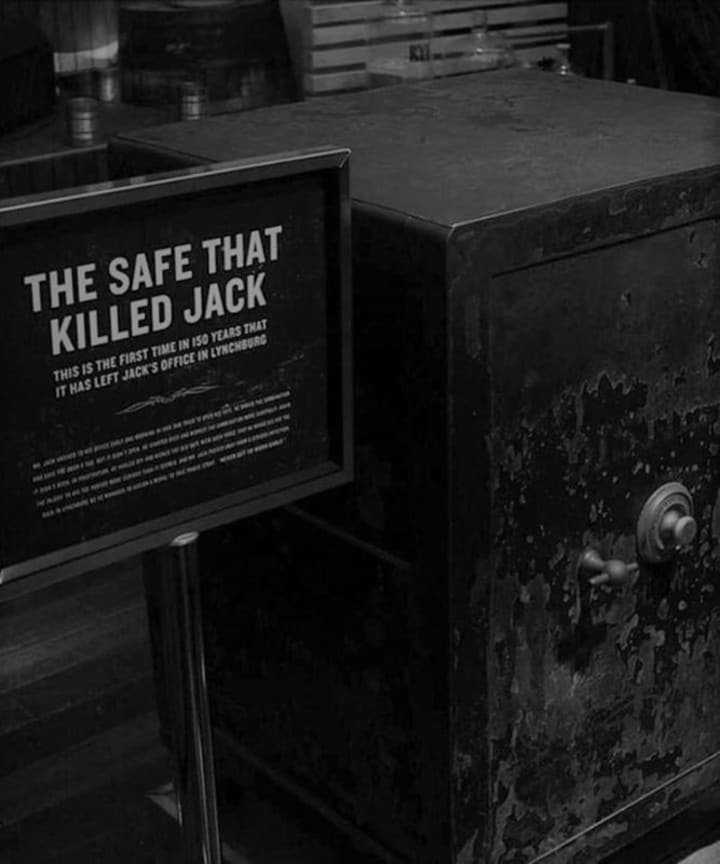
What a way to go. On October 9, 1911 in Lynchburg, Tennessee a titan of American industry was taken down by his own safe. This safe didn’t fall on him and he didn’t try to detonate with dynamite that backfired, instead he was trying to take care of some paperwork that was left inside the safe. Without the combination, Daniel started kicking it, which of course didn’t do anything but leave him with a nasty infection on his big toe. The infection turned gangrenous and spread throughout his body, and luckily he had time to turn over his business to his favorite nephew Lem Motlow before he passed away from complications due to his infection.
Surgeon's kit from the American Civil War

War zone medics are never in the perfect place to perform their operations. They go to work under extreme duress and usually only with a few pieces of equipment. This goes doubly for a medical professional during the Civil War. Medics at this time not only had to work with a very limited amount of material and medicine, but they were working during one of the most bloody conflicts that’s ever occurred. This photo shows a well stocked medical kit, but it’s likely that while in the field a medic had to work with whatever they had, hopefully there was enough brandy for whomever they were operating on, if not the procedure was sure to be painful.
The skull of a Roman legionnaire — with the spear still embedded in it — who was killed during the Gallic Wars in 52 BC.
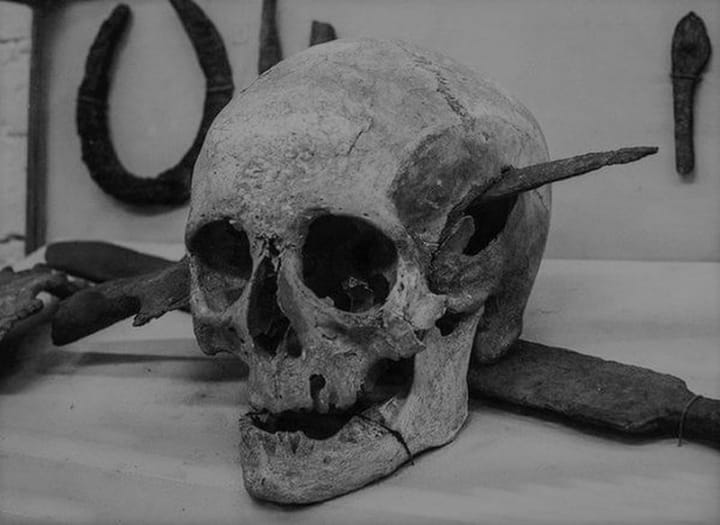
From 58 BC – 51 BC the Gallic wars were waged by Casaar and the Romans against the Gallic tribes throughout present day France and Belgium. The Gauls were certainly as strong as the Romans, but there was so much tension and infighting between them that the Romans were able to defeat them after a series of brutal campaigns. Over the course of the entire war both sides suffered major losses with the Romans losing more than 30,000 soldiers while the Celts lost an estimated 1,000,000 fighters in hand to hand combat and 800 towns were destroyed.
Carbonized bread from Pompeii that still has the baker's stamp on it, 79 AD.
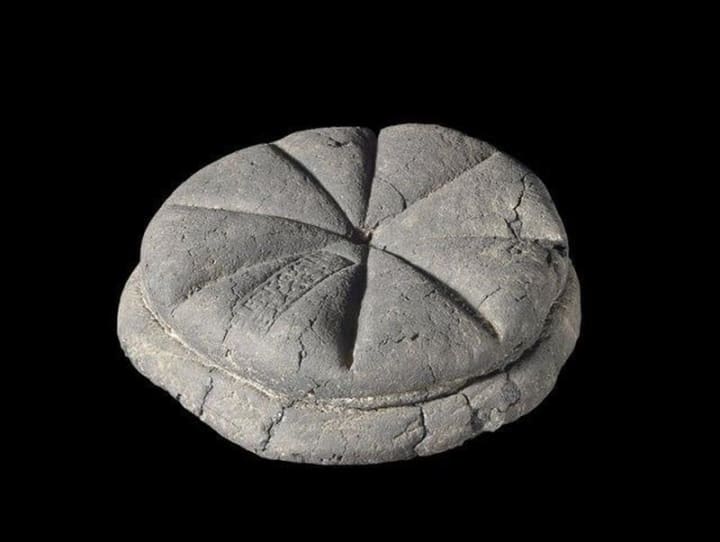
We know that the village of Pompeii was completely destroyed by the eruption of Mount Vesuvius in 79 A.D. Many of the homes, people, and artifacts were preserved under a thick blanket of ash. Things managed to be preserved that it’s hard to believe survived this kind of burst, including this full loaf of freshly baked bread. The loaf, round and dense is cut into eight different pieces and it’s even printed with the baker’s stamp that reads: “Celer, slave of Quintus Granius Verus.” It’s honestly miraculous that this even exists. Do you think it still tastes good?
The remains of a Thracian carriage and two horses that appear to have been buried upright
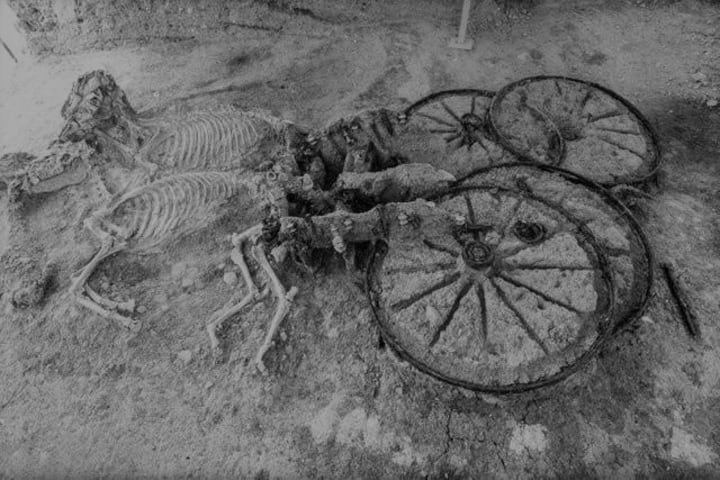
This is hard to see but it’s the way things went in ancient Bulgaria. In 2013 archaeologists discovered an entire carriage connected to the skeletons of two complete horses in the village of Svestari in north-east Bulgaria. The carriage has all four wheels, seat, and boot, and it’s believed that they were the property of a member of Thracian nobility. The horses were likely led through a narrow hole and put out of their misery before they were buried. This find is one of a kind and it’s unlikely that archaeologists are ever going to find anything that’s as well preserved.
A quirky bat lantern from 1930
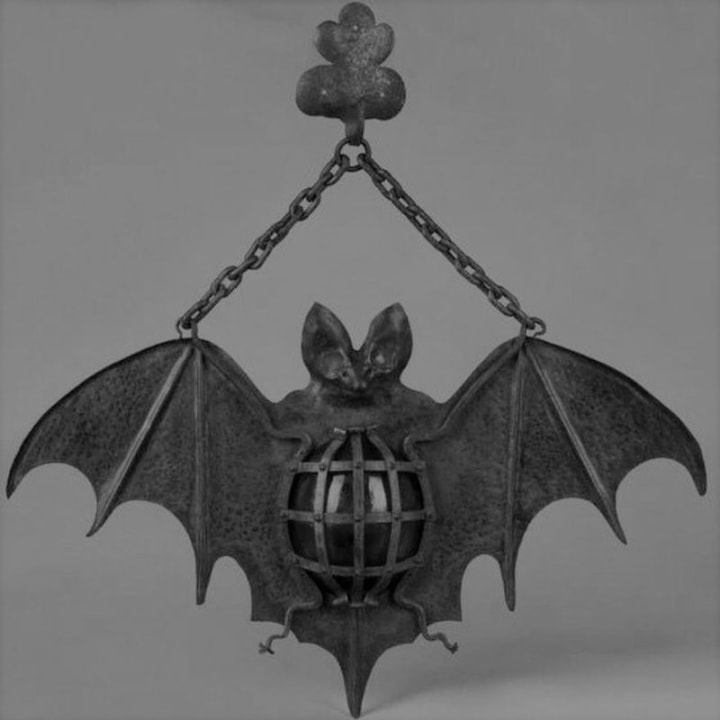
There’s something quirky and cute about this lamp from the 1920s. Made of cast iron and in the shape of a bat, it’s perfect for Halloween or just for anyone who likes to stay spooky the entire year around. In the modern era we tend to throw decorations away at the end of the season and then buy new ones whenever the next year comes around, but in the 1920s families either made their own decorations or purchased something like this that they could keep around forever. Considering the craftsmanship of this lantern, it clearly belonged to someone of higher means.
(Interesting fact: The higher class people of this time period didn't celebrate Halloween as it was believed to be tacky and/or evil, those who did were frowned upon.)
A rare 16th century gold sundial and compass ring
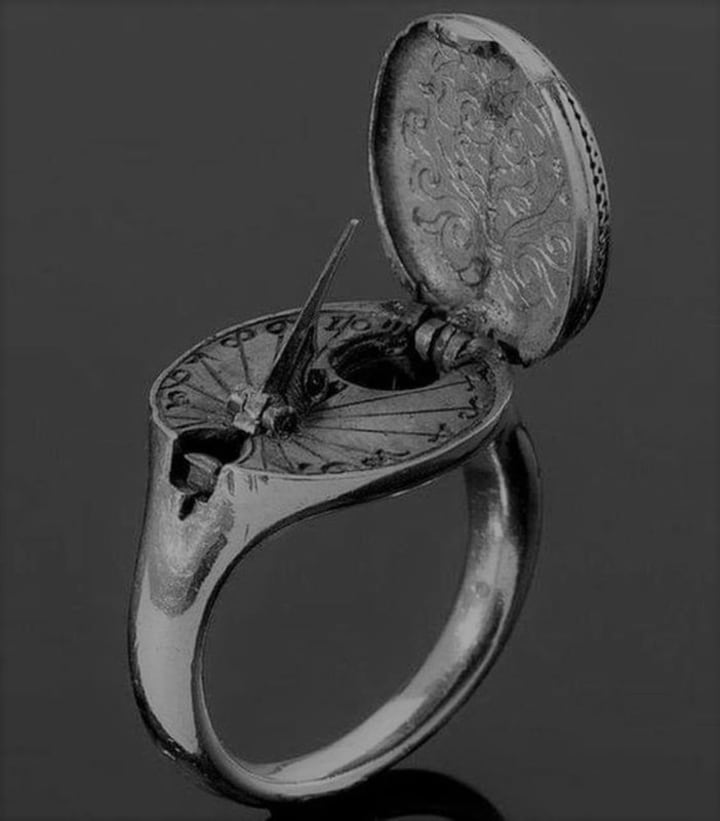
Need to know what time it is? If you were alive in the 16th century you couldn’t just check your calculator watch and you had to rely on the sun. If you had a little walking around money you could purchase a sundial ring like this. This miniature timepiece came about because people at the time were interested in the natural sciences and they were fascinated into using natural means to accomplish tasks like figuring out the time and date. This ring features an engraved coat of arms as well as the opening that shows the sundial and compass.

About the Creator
Rebecca Lynn Ivey
I wield words to weave tales across genres, but my heart belongs to the shadows.
❤️Heart and subscribe!
💲Tips mean the world!
Enjoyed the story? Support the Creator.
Subscribe for free to receive all their stories in your feed. You could also pledge your support or give them a one-off tip, letting them know you appreciate their work.






Comments
There are no comments for this story
Be the first to respond and start the conversation.